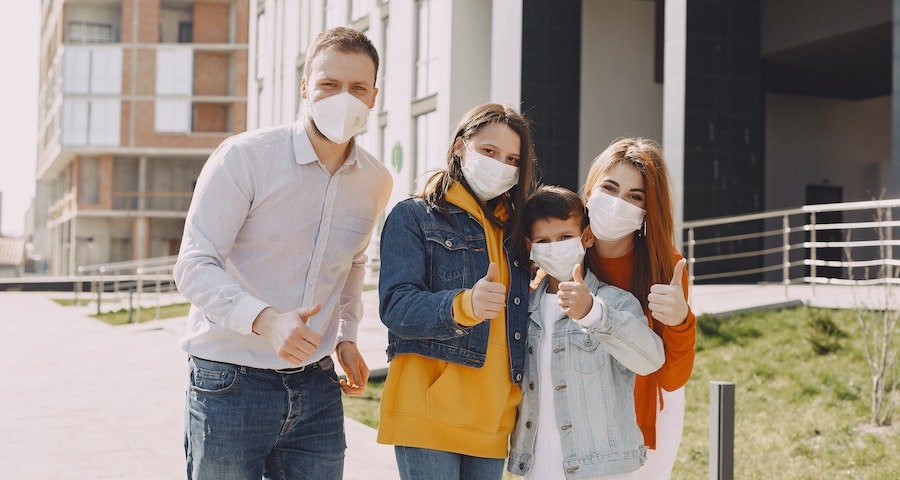
Home should be a haven from the outside world. However, unfortunately, it is not always the case. Your house may host a range of hidden hazards that put your family’s health and safety at risk. With that in mind, we have put together a comprehensive guide on how to keep your family safe at home. From identifying hazards to implementing preventive measures, we will share everything you need to know to make your home a safer and healthier place for your loved ones.
Contents
Identify potential hazards
It is impossible to mitigate risks if you do not know they exist. So the very first step in keeping your family safe at home is to identify potential hazards. Here are some common ones to look out for:
Fire hazards, such as overloaded electrical circuits, smoking, flammable liquids, and unattended cooking.
Poison hazards such as chemicals, medications, and carbon monoxide.
Fall hazards, such as slippery floors, cluttered walkways, and unstable furniture.
Water hazards, such as drowning or scalding risks in the bathroom, kitchen, and swimming pool.
Take preventive measures
Once you have identified potential safety risks, it is time to take action to prevent them from causing any harm. You can do this in several ways:
Install smoke detectors and carbon monoxide detectors throughout the house and test them regularly.
Lock away chemicals, medications, sharp objects, and other dangerous items out of children’s reach.
Eliminate slip and trip hazards by keeping floors clean and clutter-free, using non-slip mats, and fixing loose or uneven steps and stairs.
Set the water heater to 120 degrees Fahrenheit.
Teach your family basic safety rules
Teaching your family basic safety rules can prevent injuries and accidents at home. These rules can include:
Not touching electrical outlets and appliances with wet hands.
Not running or roughhousing in the house.
Wearing helmets and protective gear while engaged in sports or riding bicycles.
Not opening the door to strangers and calling for help in case of emergency.
Not sticking fingers, utensils, or any other objects into plugged-in appliances to avoid electric shocks.
Have an emergency plan in place
Having an emergency plan in place can save lives in threatening situations like a fire or a natural disaster. Here’s what you should do to prepare:
Create a family emergency plan that includes evacuation routes, meeting points, and a communication protocol.
Practice the plan with your family regularly.
Keep an updated emergency kit near an exit. This kit should include items like bottled water, non-perishable food, a first aid kit, flashlights, and batteries.
Install a smoke alarm on every floor of the house.
Maintenance and inspection
Lastly, for maximum safety at home, regular maintenance and inspection of electrical, plumbing, kitchen appliances, and other important elements of your home are essential. Here’s what you can do:
Hire a professional to inspect your heating and cooling system annually.
Schedule regular maintenance and repairs for appliances that pose a fire hazard, like dryers, stoves, and ovens.
Check for gas leaks and water leaks regularly.
Inspect the roof and the foundation regularly.
Conclusion
Safety at home is crucial, and the responsibility falls entirely on you as a homeowner. By identifying potential hazards, taking preventive measures, teaching your family basic safety rules, having an emergency plan, and conducting regular maintenance and inspection, you can minimize safety risks and make your home a haven for your loved ones. It’s important to remember that you do not need to do it all in one day. Instead, tackle one task at a time and eventually, you will have created a safer home for your family.
